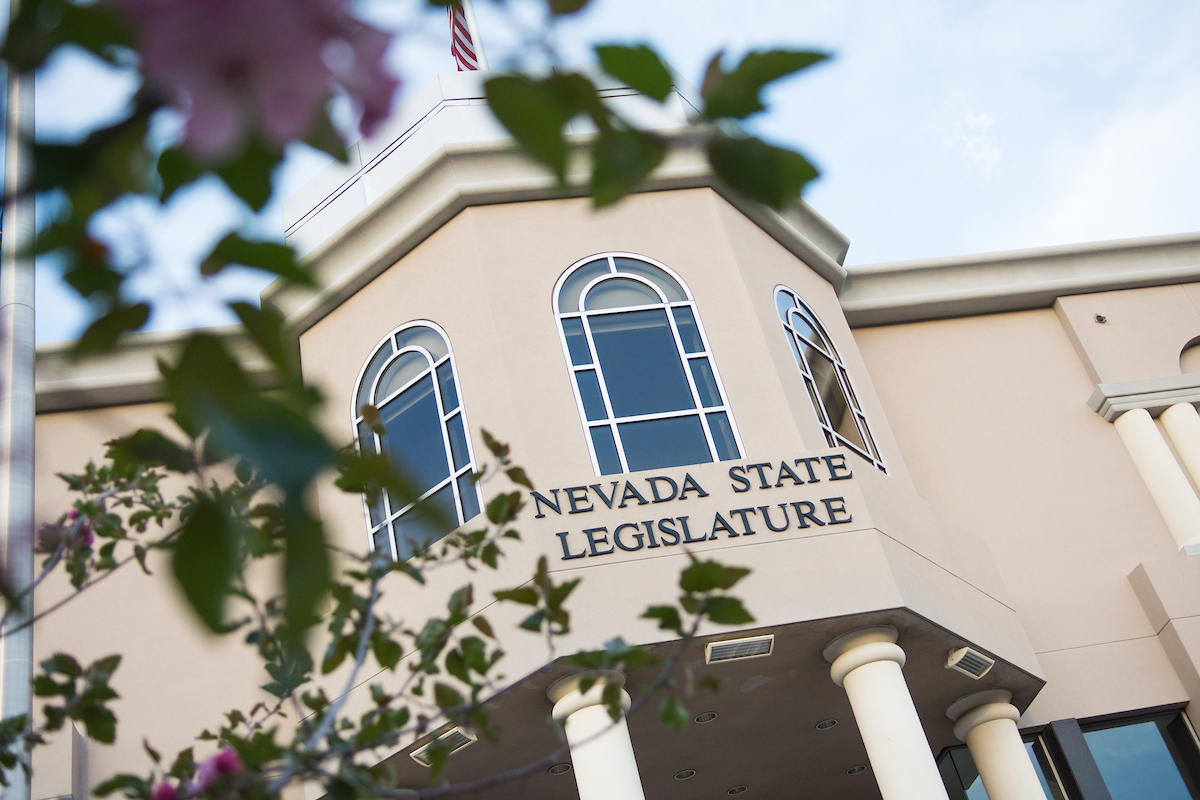How much should we spend on education?

That’s the big question in Nevada.
Is $5,897 per pupil — what the state currently spends, not including county contributions — adequate? Or should the state spend $9,238, as the “successful schools model” recommends? Or is the correct answer somewhere between the two?
On the one hand, there’s a lot to suggest school funding should increase. As a recent Nevada Independent-hosted town hall revealed, buses are delivering students to school late because our school districts aren’t paying enough to attract more bus drivers. Additionally, school overcrowding has reached utterly untenable proportions, with students filling the hallways in some schools and some classes exceeding 40 students per teacher. School maintenance needs are also piling up, to the tune of billions of dollars. It also makes sense for growing school districts to spend more per-pupil to pay for increased school construction.
On the other hand, if it weren’t for bureaucratic incompetence, one op-ed writer in particular would have to work a lot harder to write his weekly pieces — and he only discusses the second-largest (and third-best) school district in the state. The performance of the largest school district in the state, and also the sixth largest in the country (including Puerto Rico) by enrollment, is consistently below average by Nevada’s subterranean standards. Hundreds of administrators in Clark County School District have six-figure salaries at a time when teacher pay is widely seen as inadequate. The school district is also being sued by multiple organizations for ignoring public records requests. The dysfunction is so deep and has gone on for so long that legislators briefly approved breaking up the school district a few years ago before ultimately concluding that doing so was more trouble than it was worth.
So, do we give Nevada’s schools the resources they need to succeed, or do we reward failure?
Like all big questions in this state, the answer to that question is being decided behind closed doors. That’s a shame because there’s another way.
Markets.
Through markets and competition, we can identify at what price point it’s possible to provide a satisfactory education for Nevada’s students. We might find the cost is higher than we think. Just as no carmaker produces a brand-new car for less than $10,000 because it’s impossible to supply one that any of us would find acceptable below that price point, we might discover that it’s impossible to provide a satisfactory education to Nevada’s students under that price.
Before you scoff, bear in mind that this is precisely what people in communist countries discovered about food. Before the Berlin Wall fell, as Red Plenty dramatized, food prices and distribution were provided by the government through political processes. As a result, official food prices in communist countries were frequently substantially cheaper than they were in the United States despite American agriculture being more efficient and productive. However, this was achieved at a cost.
For starters, communist countries went into substantial debt to cover the difference between what they were paying in capital investment and imports — tractors, fertilizer, and so on — to raise crops, and what they were charging for food in urban state-owned stores. Secondly, every food price increase became a political decision, not a market decision. Consequently, food prices would frequently remain static for long periods of time, then rise dramatically when the state could no longer afford the subsidies. These dramatic price increases inevitably resulted in food riots, as they did in Poland in 1970, 1971, and 1976. Finally, shortages were common, quality was poor, and customer service was nonexistent as farm workers produced according to the government’s plan, which struggled to balance the needs of the people with the people’s lack of willingness to pay more for scarce and substandard produce. More than a few people argue that this inherently dysfunctional system ultimately brought down the Soviet Bloc.
After the fall of the Berlin Wall, food prices in the former communist countries went up substantially. However, customer service, quality, and variety all increased. Consequently, the food riots stopped, and the drain from subsidized grain on government budgets ceased. Why? Because people are willing to pay more for a better product. They are not, however, willing to pay more for a substandard product that never met their needs.
To be clear, Nevada’s education system is not a product of communism. However, the same political and fiscal constraints that faced communist food production before the fall of the Berlin Wall are also facing Nevada’s education system, and for the same reasons. Politics produces politically driven results. Politically, promising full bellies and college-ready students for pennies is popular. In reality, we can only get what we’re able to ask and pay for.
Those who oppose increased school spending do so because they don’t want to spend more for the same inadequate results. Those who support increased school spending do so because we can only improve results through increased resources. Either side could be absolutely right. Unfortunately, we’ll never find out the answer through the same tired political process that led us into this mess. We need more school choice and markets to find the answers we’re looking for.
David Colborne has been active in the Libertarian Party for two decades. During that time, he has blogged intermittently on his personal blog, as well as the Libertarian Party of Nevada blog, and ran for office twice as a Libertarian candidate. He serves on the Executive Committee for both his state and county Libertarian Party chapters. He is the father of two sons and an IT professional. You can follow him on Twitter @DavidColborne or email him at [email protected].
